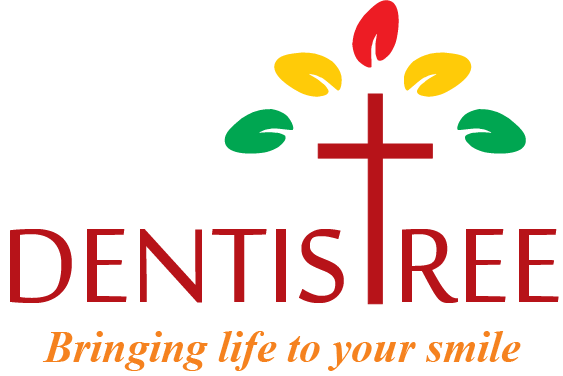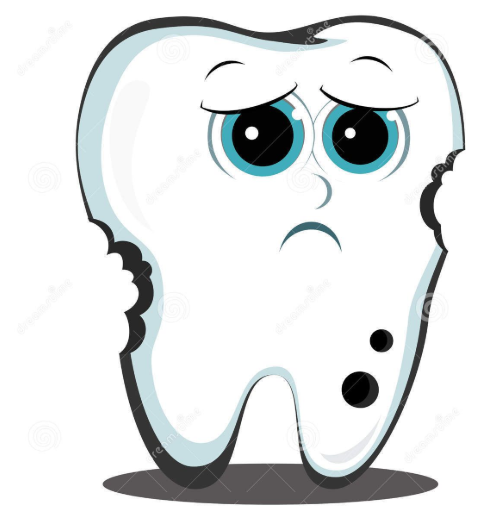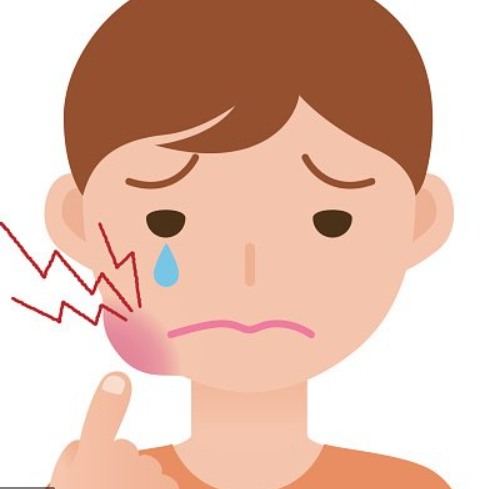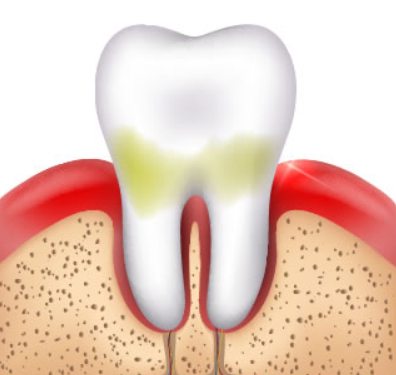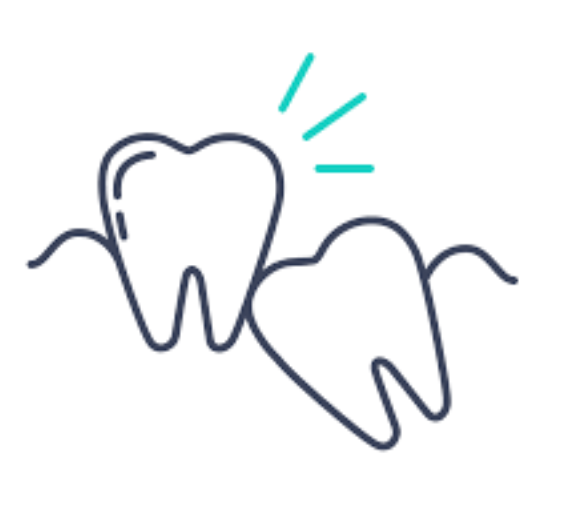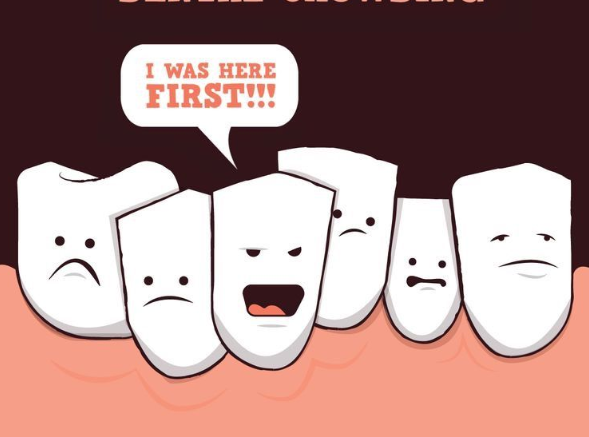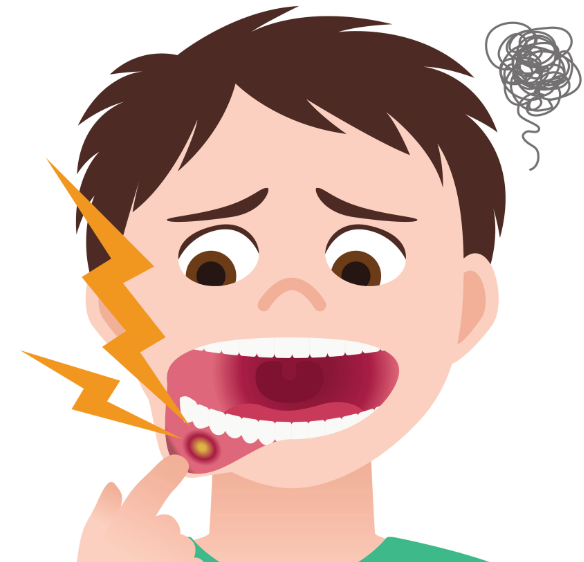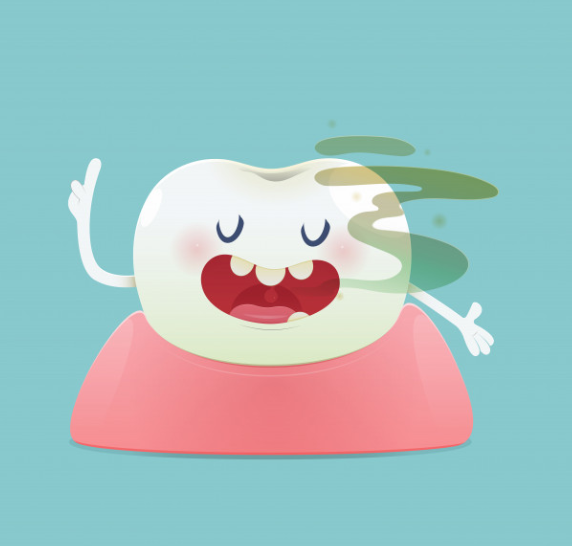Dental terminology

Oral medicine is the discipline in the dentistry which is used for diagnosis and non-surgical treatment of oral cavity and oral manifestations of systemic disease. Oral radiology is the branch of dentistry which deals with the use of, radioactive substances, x-rays, and other forms of radiant energy in diagnosis and treatment of disease.

Prosthodontics, also known as dental prosthetics or prosthetic dentistry, is the area of dentistry that focuses on dental prostheses. The ADA defines it as “the dental specialty pertaining to the diagnosis, treatment planning, rehabilitation and maintenance of the oral function, comfort, appearance and health of patients with clinical conditions associated with missing or deficient teeth or oral and maxillofacial tissues using biocompatible substitutes.

Endodontics involves either preserving part, or all of the dental pulp in health, or removing all of the pulp in irreversible disease. This includes teeth with irreversible inflamed and infected pulpal tissue. Not only does endodontics involve treatment when a dental pulp is present, but also includes preserving teeth which have failed to respond to non-surgical endodontic treatment, or for teeth that have developed new lesions e.g. for when re-root canal treatment required, or periradicular surgery etc.
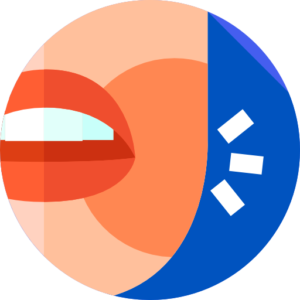
Oral and maxillofacial surgery specializes in treating many diseases, injuries and defects in the head, neck, face, jaws and the hard and soft tissues of the oral (mouth) and maxillofacial (jaws and face) region. It is an internationally recognized surgical specialty

Periodontology or periodontics is the specialty of dentistry that studies supporting structures of teeth, as well as diseases and conditions that affect them. The supporting tissues are known as the periodontium, which includes the gingiva (gums), alveolar bone, cementum, and the periodontal ligament. A person who practices this specialty is known as a periodontist.

Pedodontics, also spelled paedodontics, dental specialty that deals with the care of children’s teeth. The pedodontist is extensively concerned with prevention, which includes instruction in proper diet, use of fluoride, and practice of oral hygiene. The pedodontist’s routine practice deals basically with caries (tooth decay) but includes influencing tooth alignment. Lengthy treatment may be required to correct incipient abnormalities in tooth position. Braces or other correctional devices may be used.
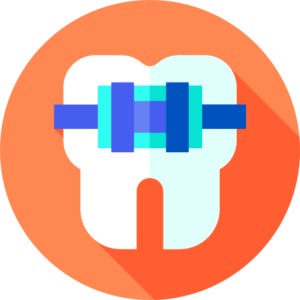
Orthodontia, also called orthodontics and dentofacial orthopedics, is a specialty field of dentistry that deals primarily with malpositioned teeth and the jaws: their diagnosis, prevention and correction.
